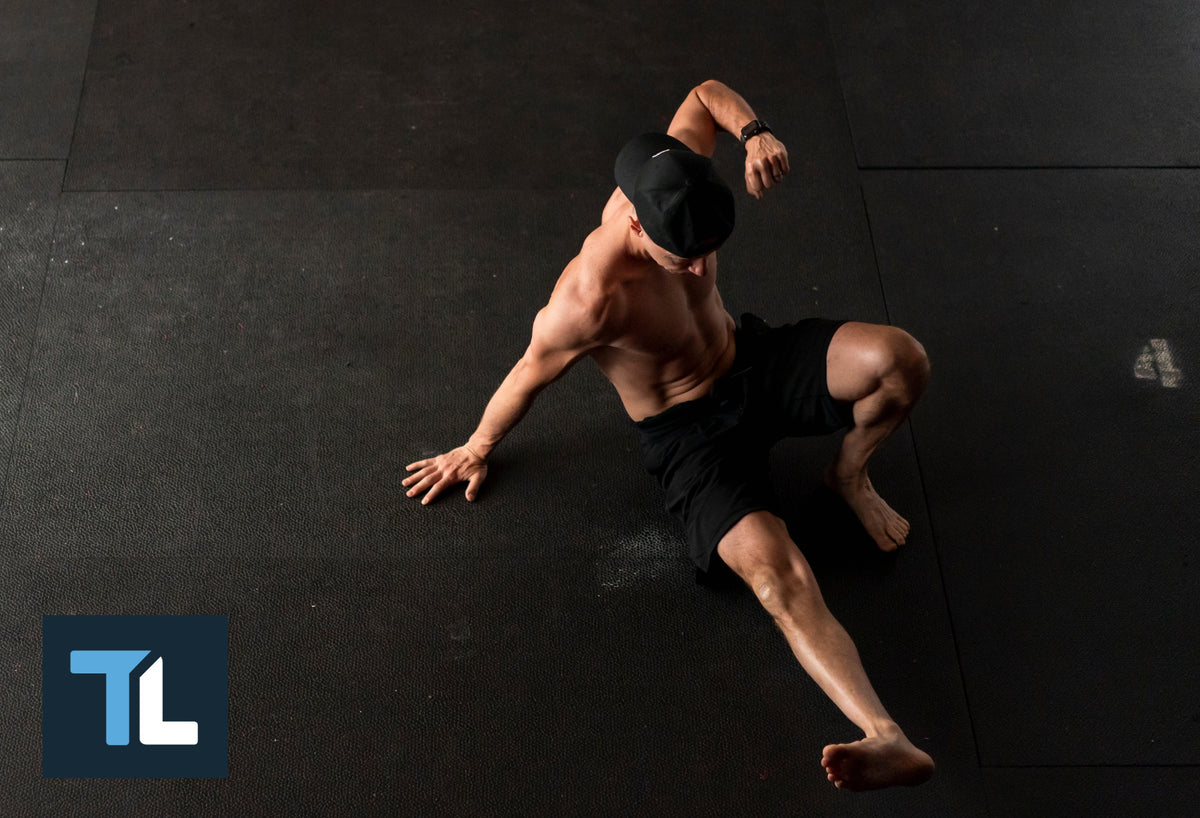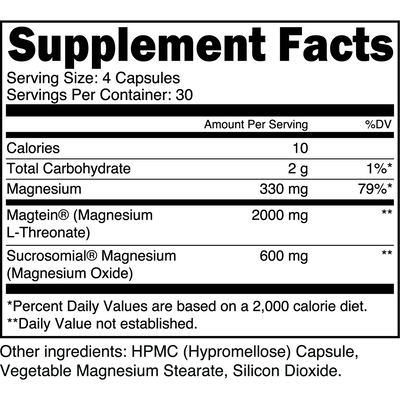Active Recovery: Top 5 Exercises for Faster Muscle Recovery

If you don't recover adequately, odds are it will be tough to stick to a workout routine and get the results you want. As such, recovery—especially muscle recovery—is an imperative requisite for athletes and gym-goers who engage in intense training multiple times per week.
The crux of the issue is that recovery isn't necessarily just a matter of laying around and eating after a hard workout (i.e., "passive recovery"). In fact, mobilizing the body can help alleviate muscle soreness and accelerate the recovery process, which is the premise of "active recovery."
With that in mind, this article will cover the basics of active recovery, the science behind it, and how to incorporate active recovery days into your workout routine.
What Is Active Recovery?
Active recovery refers to post-exercise strategies involving low-intensity physical activities to facilitate muscle repair and overall recovery. The primary objective of active recovery is to get blood flowing to sore muscles/joints without taxing the nervous system. As such, active recovery exercises are done at a low intensity over a relatively brief time period.
For example, the day after an intense leg workout, active recovery could entail going for a light 2-mile jog followed by foam rolling and stretching for 15-20 minutes.
How Active Recovery Works
Active recovery promotes the clearance of metabolic waste in muscle tissue from intense exercise/high-intensity interval training (e.g., lactic acid and inflammatory markers) [1]. In turn, active recovery exercises can help reduce the sensations of delayed onset muscle soreness (DOMS), a condition marked by decrements in exercise performance during subsequent workouts [2].
During low-intensity exercise, such as light jogging or brisk walking, muscular contractions increase blood flow to skeletal muscles and clear out metabolites and inflammatory mediators of intense exercise without placing undue stress on recovering muscle fibers. In addition, the increased blood flow helps deliver nutrients and oxygen to metabolically demanding tissues.
Furthermore, active recovery workouts can help release myofascial tension and keep the body feeling loose and limber.

Top 5 Active Recovery Exercises
The exercises listed below represent the foundational movements of active recovery workouts:
-
Brisk Walking, especially outdoors or in nature, is a staple for active recovery as it's easy to maintain and can provide a much-needed mental reset.
-
Swimming is exceptional for full-body recovery with minimal joint impact.
-
Yoga/Tai Chi can help with stretching and flexibility while gently raising heart rate and increasing blood flow.
-
Cycling/Stationary Bike is a good option for low-impact cardio that boosts circulation to the lower body.
-
Foam Rolling/Self-Myofascial Release offers benefits similar to deep-tissue massage for relieving muscle tension.
This list is far from exhaustive, and just about any exercise can be used for active recovery so long as the intensity is kept relatively light/low and it's not overdone (active recovery should only take 30-45 minutes in most cases).
For example, someone who can squat 300+ lbs could theoretically perform barbell squats with just the bar for sets of 30+ reps as a form of active recovery while honing their squatting technique. Sports-specific movements at low intensity are often ideal for active recovery in athletes.
Remember, active recovery is not intended to be strenuous like an intense workout. You should not feel tired or exhausted after doing active recovery exercises.
Sample Active Recovery Workout Plan
Below we've outlined an example exercise routine, based on the Push-Pull-Legs training split, that includes a mix of two active and passive recovery days for every six workouts:
-
Monday
-
Push Workout
-
-
Tuesday
-
Pull Workout
-
-
Wednesday
-
Active recovery workout: 40 minutes of brisk walking followed by 20 minutes of stretching and foam rolling
-
-
Thursday
-
Leg Workout
-
-
Friday
-
Push Workout
-
-
Saturday
-
Pull Workout
-
-
Sunday
-
Complete rest (passive recovery)
-
-
Monday
-
Leg Workout
-
Active vs. Passive Recovery
Active and passive recovery offer distinct benefits (and drawbacks). Active recovery involves low-intensity activities that promote blood flow and muscle recuperation without significantly taxing the nervous system. In contrast, passive recovery refers to complete rest and the absence of diligent physical activity.

The major advantages of active recovery are quicker recovery times and maintenance of mobility/flexibility, whereas passive recovery provides deep recuperation for injury repair or fatigue due to overtraining. While active recovery may be your preferred approach, passive recovery has its place, too.
Common sports injuries, like torn muscles, ligaments, tendons, and broken bones, often require rest, immobilization, and, ideally, no additional stressors for efficient tissue repair and inflammation reduction [3]. Engaging in active recovery when injured could exacerbate the condition, potentially leading to further damage and/or incomplete healing. If you're working with a physical therapist, follow their guidelines for safe rehabilitative exercises you can do while recovering from injury.
Passive recovery is also advisable during states of extreme exhaustion arising from overtraining [4]. The nervous system has time to "recharge" on complete rest days, which can help prevent overtraining syndrome [5].
Active Recovery FAQs
Q: How often should I include active recovery days in my routine?
A: The answer to this question depends on how often you train (intensely) throughout the week. If you're following a Push-Pull-Legs routine and hit the gym 5 times per week, then you could have an active recovery workout on one of the non-training days and a complete rest day on the other non-training day. In general, aim to incorporate one active recovery day for every 3 to 5 dedicated training days.
Q: Can an active recovery day replace a complete rest day?
A: An active recovery day can replace a complete rest day, but this will depend on your specific training status and plans moving forward. For example, a complete rest day may be the best option if you're extensively "overtrained" and need downtime to recuperate mentally and physically. Complete rest days are also necessary after suffering a serious musculoskeletal injury.
Q: What's the difference between active recovery and stretching?
A: Stretching is, in essence, a form of active recovery. However, it's best to warm up with some light exercise before stretching. Most people save stretching and foam rolling for the latter part of their active recovery workouts.
Q: Are there any supplements that help with muscle recovery?
A: Yes, absolutely. Transparent Labs POST is specifically formulated to accelerate the recovery process after intense workouts. In addition, staying hydrated and consuming ample protein throughout the day will help ensure your body has the necessary "building blocks" for muscle tissue repair and hypertrophy.
Summary: Key Benefits of Active Recovery Workouts
-
Active recovery, when implemented appropriately, can significantly expedite muscle repair and reduce muscle soreness, as evidenced by numerous studies in athletic populations [6].
-
The primary mechanisms through which active recovery attenuates delayed-onset muscle soreness (DOMS) are increasing blood flow, clearing metabolic waste products, and "releasing" the myofascial that surrounds muscle tissues.
-
Flexibility and mobility tend to be improved through active recovery by alleviating muscle stiffness.
-
While active recovery is often beneficial, there are instances when passive recovery (i.e., complete rest) is prudent for preventing burnout and overuse injuries. Balancing a mix of active recovery days and complete rest days is essential for the longevity of any fitness routine.









